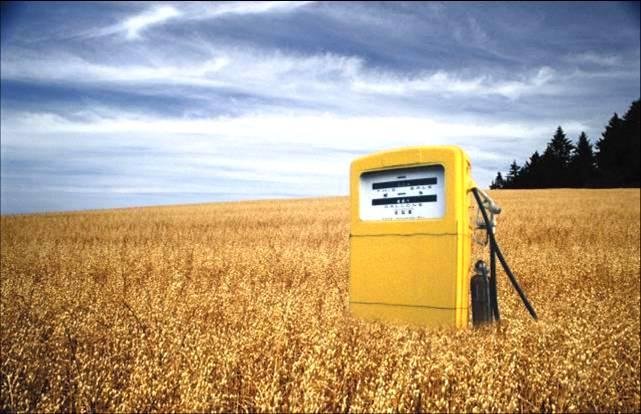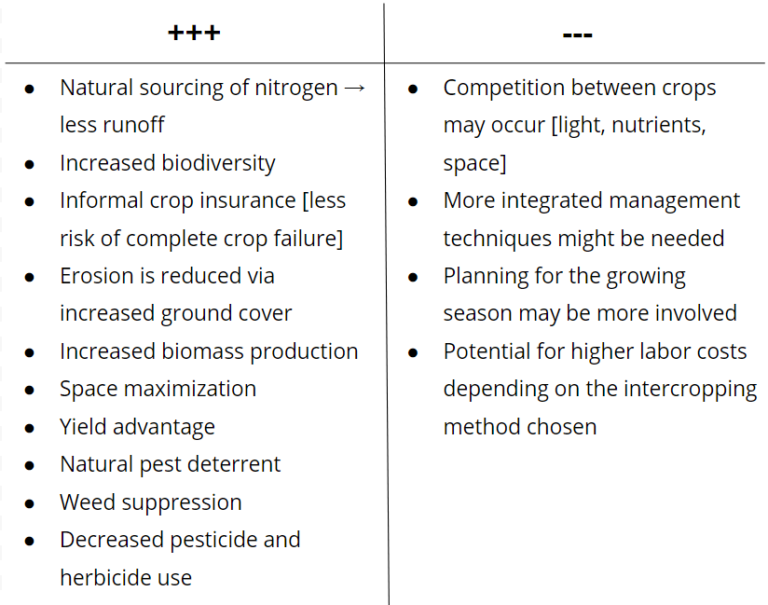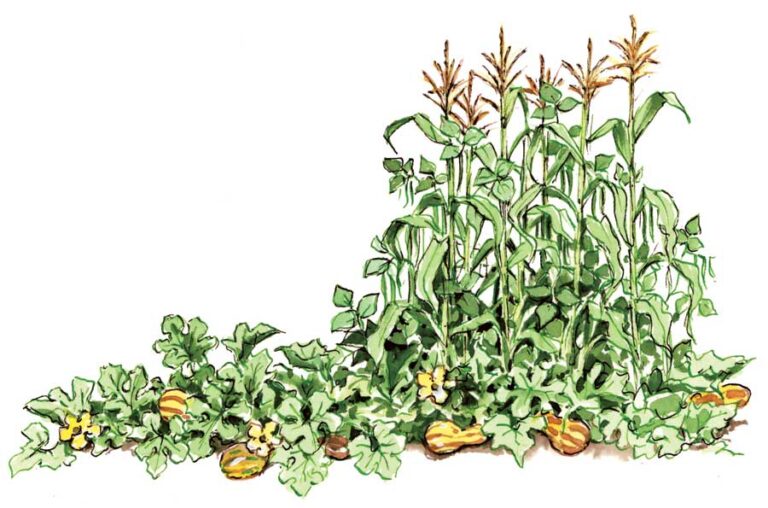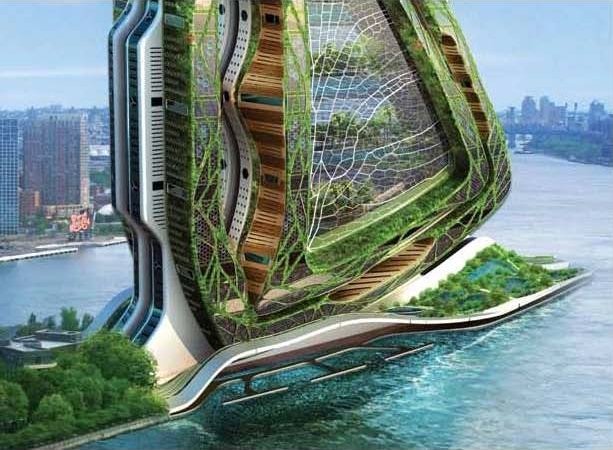biofuels explained
A biofuel is a form of fuel that is produced from renewable organic materials, such as sugar crops, oil seed crops, and animal fats. They are considered to be potential substitutes for carbon-based fuels, i.e. extremely old, biofuels. There are two varieties: plant-based and animal-based. The plant-based products are fermented sugars which create the fuels like…





